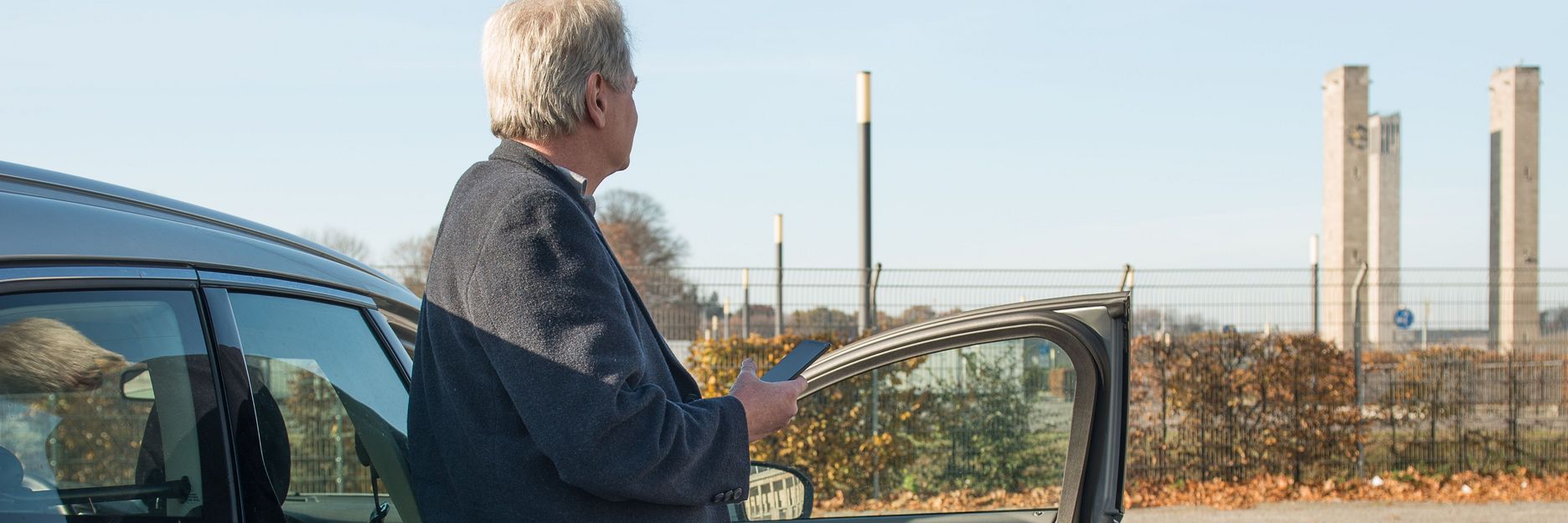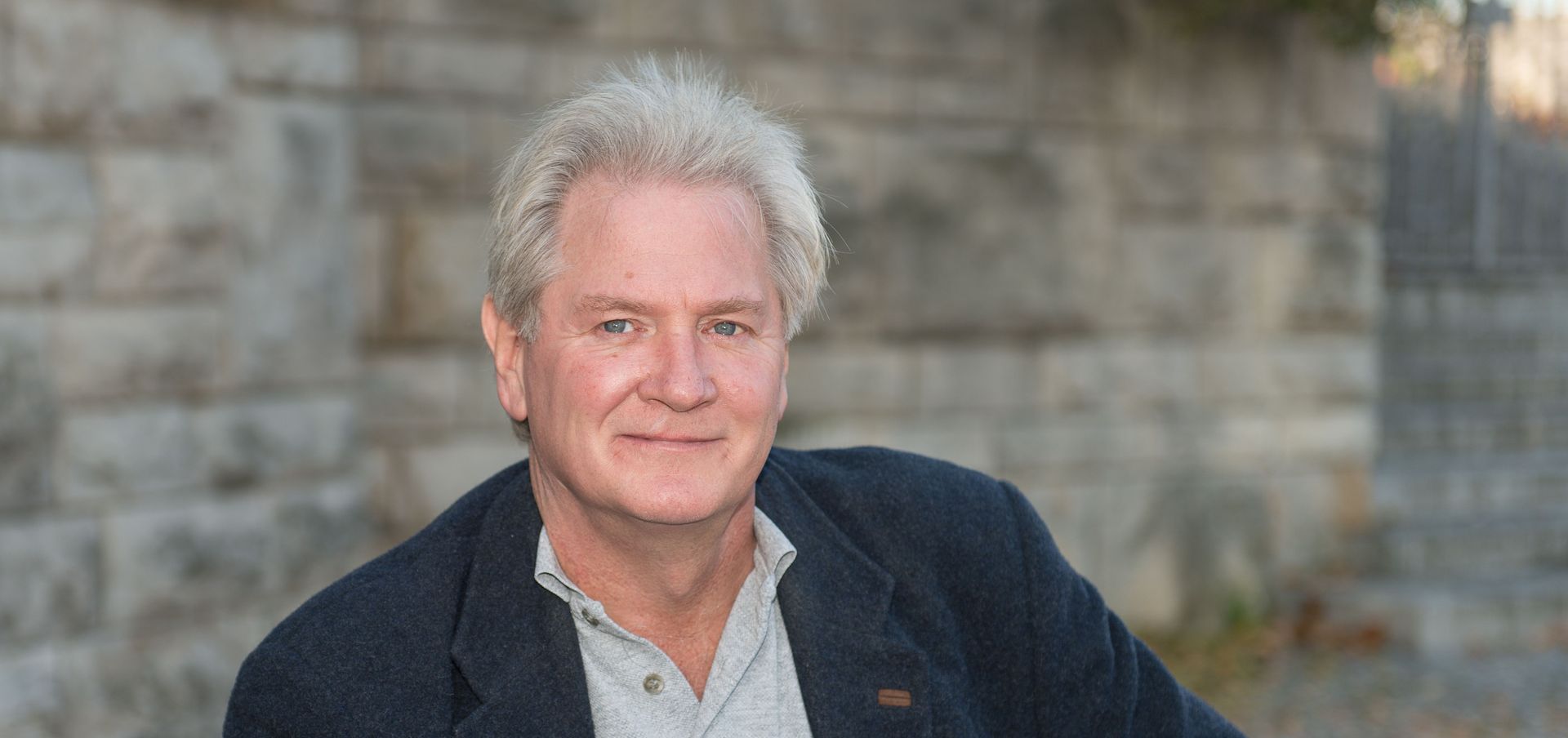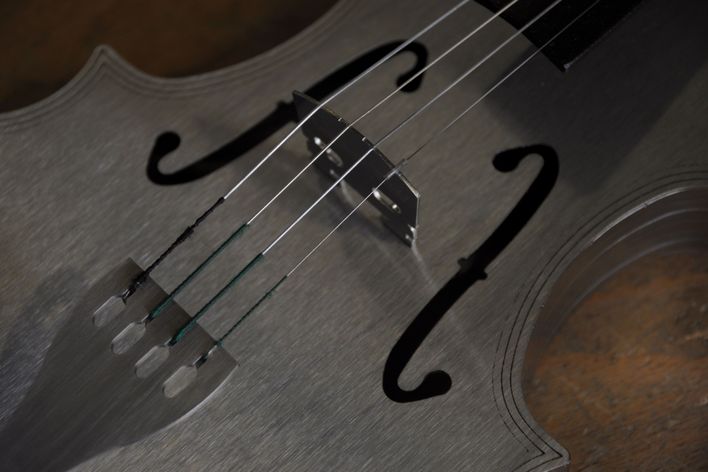Why did you become a field representative Mr. Woschinski? Do you enjoy being out and about?
I’m just someone who is interested in lots of different things and gaining new experiences, and those are good qualities to have if you work in the field. And of course you don’t normally decide to become a field technician. It usually just happens.
Is that how it was for you?
I first apprenticed as a toolmaker and subsequently attended technical college. In 1984 I joined TRUMPF and soon had the chance to work as a regional service engineer for the former East Berlin and East Germany. I was attracted by the idea of living in West Berlin but working on the other side of the Wall. So I accepted TRUMPF’s offer and began my career as a field technician. I’ve been in Berlin since 1988.
You’ve worked more than 30 years as a service engineer. I guess that makes you Fit for Service.
You bet I am! After so many years working here, I know TRUMPF products like the back of my hand, and I think I’ve picked up on some good insights into human nature, too! The thing I like about working as a field technician is the variety. There are always new products, innovative features and of course new customers to deal with. But the idea of Fit for Service isn’t really about my personal capabilities.
The TRUMPF HR development team based in Ditzingen launched Fit for Service early in 2014. The aim of the pilot project is to offer alternative career options to service technicians who have been with the company for years. By retaining valuable workers and their knowledge, it offers advantages not only for the participants; it also benefits the company and its customers.
So what’s it all about?
Fit for Service is the name of a pilot project started by the HR development team in Ditzingen. Its goal is to offer new career prospects to people working in service in the field.
But why is that necessary? You said you liked your job.
I do. But people like me who have been working as service engineers for 20 years or more often start to wonder where our careers might go from there. The physically demanding nature of our work can get tough as you get older and it’s not always possible to switch to a help desk. This project offers some alternatives.
Why aren’t you interested in an office support role?
For personal reasons. Berlin has been my home for many years. This is where all my family, friends and acquaintances live. I like and value my colleagues in Ditzingen, but I just couldn’t move there.
So what options does Fit forService offer you?
The project team has defined and developed four roles for service staff to take following a career as a field representative. The four jobs are production and application consultant, customer trainer, instructor for new service engineers, and installation consultant.
And how does TRUMPF benefit?
In all sorts of ways. First, old hands like me get to pass along our knowledge and experience to customers, colleagues in the development department, and young service engineers. Second, the company benefits from employees who have racked up many years of service and who are highly motivated to take on new functions. I think I can speak for all the other participants when I say that we’re not ready to be shunted into a siding. In fact we’re just building up steam!
Are there are any challenging aspects?
None that we can’t handle. Of course having a young colleague join you takes some getting used to – particularly when you're responsible for training him. And it can be a bit nerve-wracking when you first run a lengthy training session for a big group of employees at a customer’s site. But everyone who participates in Fit for Service also gets the chance to take training courses and seminars to help us prepare for our new roles.
Where do you hope your career will lead you?
The Fit for Service project still has a lot to offer me, so I’m determined to keep going. At the moment I’m spending about 75 percent of my time working as a service engineer and the rest of my time on my new tasks. I’m hoping to work towards a 50-50 split.
Do you know of any other companies that offer their employees something similar to Fit for Service?
No, I don’t. Most people switch to a support desk or leave the company for good. The Fit for Service project is an innovative approach and we’re lucky to have the chance to take part in it.
The interview was hold from Tamara Beck, Internal Communications at TRUMPF.




